
This new resource offers veterinary professionals and students an opportunity to earn RACE-approved CE credit via a series of informative online webinars.

This new resource offers veterinary professionals and students an opportunity to earn RACE-approved CE credit via a series of informative online webinars.

Sometimes we all need a little help from momma, even when it comes to equine wound management.

Readers respond to a recent commentary about taking action on veterinary student debt.

Trupanion reports no increase in respiratory-related pet insurance claims.

What we can all learn from rulers in ancient times about how to be good leaders—and good citizens—today.

New research shows that pet owners anticipate lower prices—as well as good quality care—in Walmart-based veterinary clinics. Here’s how to compete.
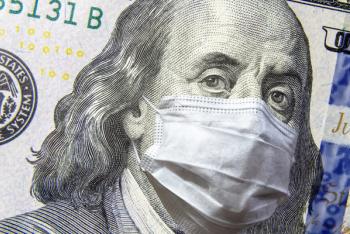
Dr. Christopher Allen takes a look at the potential financial fallout facing veterinary associates and practice owners post COVID-19. He also shares some possible opportunities for those who are prepared.

Idexx Laboratories has made its SARS-CoV-2 (COVID-19) RealPCR Test available in response to requests from veterinarians as well as clinical evidence that animals can—rarely—become infected with the novel coronavirus.
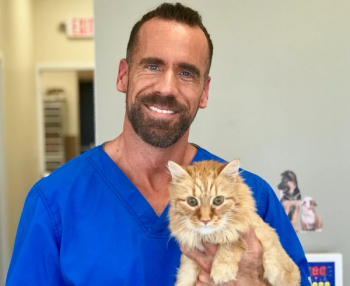

Charges have been filed against 27 individuals in the $100 billion global horse racing industry.

Staying current with technological advances in veterinary medicine is difficult, but it’s an important part of providing excellent patient care.

A veterinary dermatologist outlines the latest in flea and tick control products—and how to choose what’s best for your patients.

Among the many adjectives that might describe working in a veterinary practice, ‘dangerous’ is likely not among the first that come to mind. But maybe it should be.

Addressing this question with your elderly clients can be challenging and uncomfortable, but it’s important and requires careful attention.
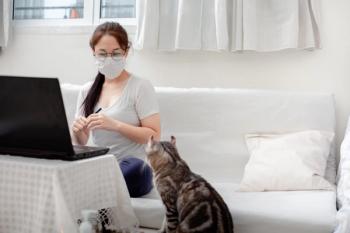
The coronavirus pandemic has generated more questions than answers so far, but a recent webinar outlines what we do know, including infectivity in animals, and what precautions pet owners and practices should be taking.
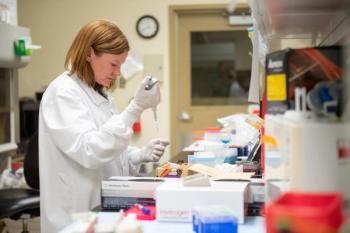
An engineered form of a common bacteria may be the key to creating a vaccine against the novel coronavirus.
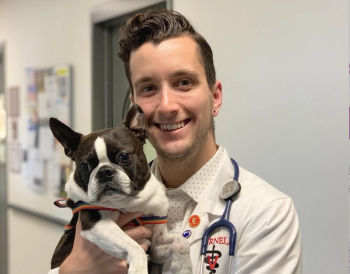
In case you were wondering what it’s like being a veterinary student on the brink of graduation during the COVID-19 outbreak, I can tell you this: It sucks.

Subtle, nonspecific clinical signs coupled with no identifiable trigger make pancreatic disease an elusive diagnosis.
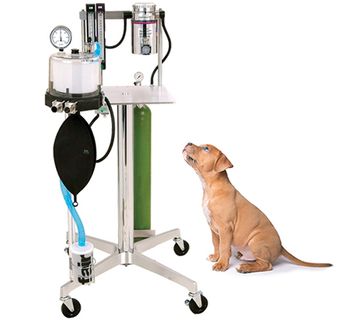
Once you know the basics of vapor pressure, solubility and minimum alveolar concentration, youll be able to compare inhalants speed, control and potencyand know if youre getting the straight story from that sales rep.
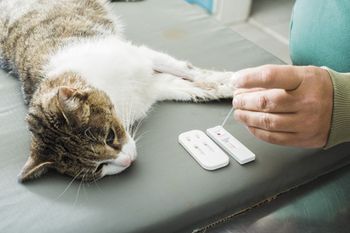
Successful management of anemia in dogs and cats requires an accurate diagnosis and treatment of the underlying disease process. Three simple tests can help facilitate the diagnosis by classifying a patients anemia as blood loss, hemolysis, or decreased production.
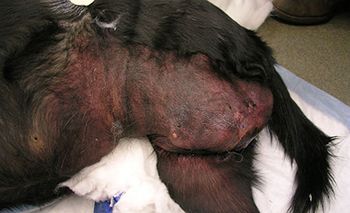
They're anything but predictable and unfortunately very common. Here's what veterinarians need to keep top of mind when managing this malignancy.